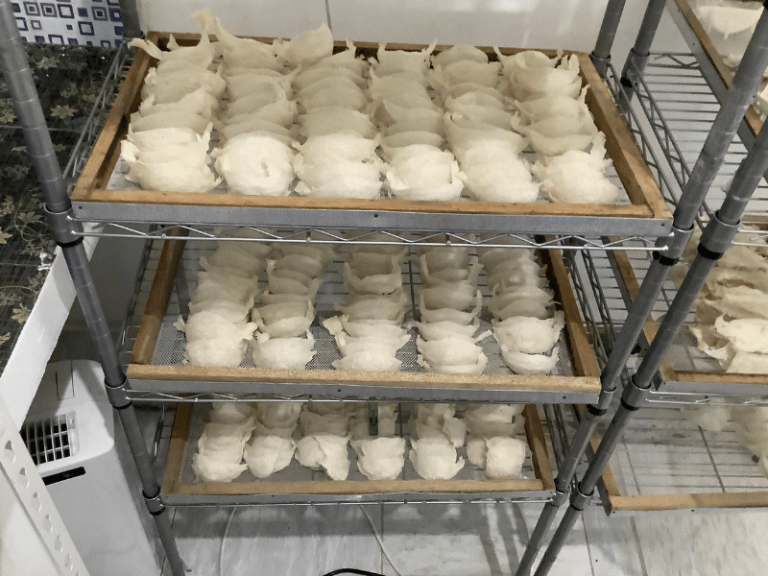The swallow is a familiar small bird to us, petite and agile in flight. In summer, it performs aerial acrobatics and hunts insects; in winter, it flies south. It is a beneficial bird known for building nests under house eaves or on ceiling beams. These nests are made of mud mixed with bits of grass and other debris, some resembling a curved pot neck or half of a teacup.
Edible bird’s nest refers to nests built by a species of swiftlet known as the “Golden Nest Swiftlet.” These small swiftlets breed in the regions of Southeast Asia and Malaysia, often constructing their nests on cliffs by the sea, shaped like a “yuanbao” (ancient Chinese gold ingot). Unlike the swallow mentioned above, these nests are not made of mud but are formed from the swiftlet’s own saliva, mixed with small fish and aquatic plants like seaweed. These nests are whitish in color, slightly translucent, and swell and become flexible when soaked in water. Initial chemical analysis by scientists suggests that the polysaccharides in this gelatinous bird’s nest are easily digestible, making it a precious supplement and nutritional food, as well as a delicacy.

